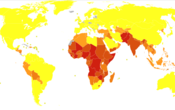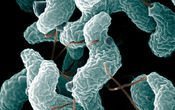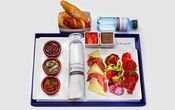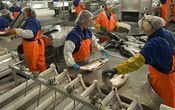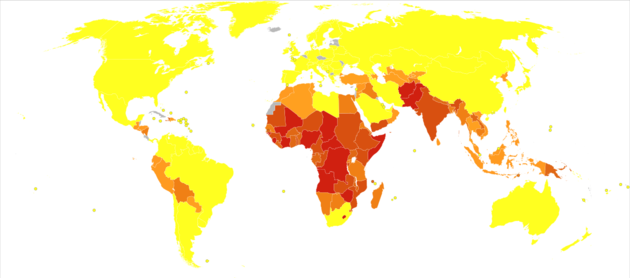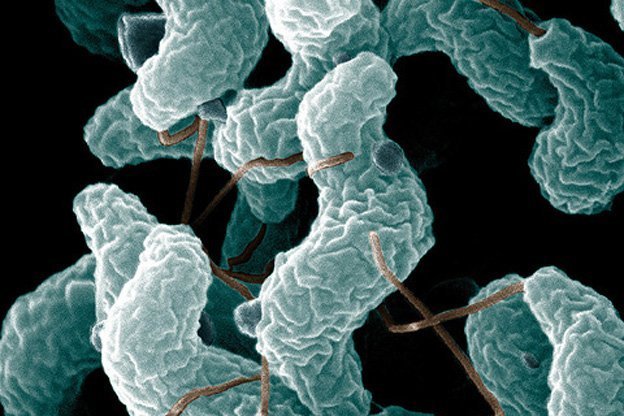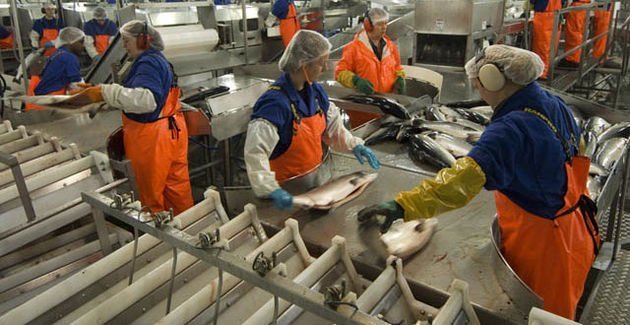Understanding Food Pathogens, Food Poisoning, and Presence of Toxins in Food
Edited by Chameleon, Jen Moreau, vcdanht, SarMal
Understanding the emergence of new food pathogens, food poisoning, and presence of toxins in food
There have been a lot of concerns about the increased cases of food poisoning over the past few years. Food poisoning refers to any illness that is caused by eating contaminated food. Food can be contaminated with harmful bacteria such as E.coli, a virus such as a norovirus or even fungi and parasites such as protozoa.
These microorganisms release harmful substances referred to as toxins in the food, which when consumed, can cause serious harm to the body. Most of these micro-organisms can inhabit various types of foods, but some of them are more common in certain foods than in others. For instance, dense foods such as milk, eggs and mayonnaise are susceptible to bacteria and when consumed become serious risks to human health, while parasites are most common in drinking water.
Over the past few years, there has been an emergence of an array of bacteria, viruses, fungi and other parasites that cause food poisoning in different parts of the world causing loss of human life and economic deficiency.
The most common microorganisms that cause food-borne disease outbreaks include the bacteria, viruses, and fungi.
Causes of the Increased Number of Food-Borne Outbreaks?
There are a lot of factors that have contributed to the increased occurrence of food-borne disease outbreaks in different parts of the world. Some of the most notable factors include increased virulence; an increase in the number of pathogens. Most of these pathogens have been mutating and emerging as new organisms.
There have also been changes in people's eating habits. Most people are finding it more convenient to buy fast food from restaurants instead of preparing meals at home. Since there is no proper control of how foods are prepared in most eateries, there is a high likelihood of contamination which may result in food poisoning.
Other factors include social-economic factors, changes in food production and distribution systems and the increased number of immune compromised individuals. There have been a lot of changes in the way processors are processing their foods. There have been concerns that most of the processors have not put the right mechanisms in place to prevent food contamination during processing.
Cause of Food Poisioning: Microorganisms
The most common micro-organisms that cause food poisoning include bacteria, viruses, and fungi. Salmonella, E.coli, Listeria and Clostridium perfringens and Campylobacter are the most common bacteria that cause food poisoning. The severity of food poisoning caused by these bacteria varies, mostly depending on the type of bacteria that caused the infection and also a number of toxins consumed. You can find bacteria and viruses in almost all food, but they are most common in nutrient dense foods.
While some types of fungi are desirable such as mushrooms and those found in pufferfish, other fungi produce toxins that can cause illness. Certain types of molds that attack bread and fruits such as papayas and mangoes produce toxins, which when consumed can be fatal. Other types, such as the aspergillus flavus are known to produce aflatoxin in nuts and cereals. Aflatoxin is a deadly toxin that can kill within a short time.
Certain types of parasites are also known to cause food poisoning. Parasites refer to organisms that get their nutrients and protection from their hosts. They can be transmitted through soil, water, by through person-to-person contact.
Apart from these organisms, food poisoning is also caused by the presence of natural toxins in food. Certain types of foods such as cassava and some forms of seafood contain natural toxins. These foods require special preparation before human beings consume them.
Occurrence of Food Poisioning
Food poisoning can occur in two ways. The first way refers to a situation where an individual consumes active disease causing microorganism such as the bacteria, viruses, and fungi found in food. When these microorganisms are destroyed, they enter into the human body where they multiply and produce toxins. The toxins that are produced is the cause of the illnesses. It is hard to trace this type of infection since it can take hours or even days before the toxins are produced inside the body.
Food poisoning can also result from toxins found in certain foods. Micro-organisms attack these foods, obtain their nutrients and then release toxins into the food. Anyone consuming such foods will be feeding on toxins that are already produced. This type of food poisoning manifests quickly, and it is lethal.
Prevention
The most efficient way of preventing the occurrence of toxins in foods is by putting proper mechanisms for processing, handling and storing of all food products.
Manufacturers are supposed to adhere to certain production guidelines to ensure that they produce safe foods for consumption. Some of the common mechanisms used to eliminate pathogens in food include thermal processing such in milk processing and canning and other advanced processing technologies. These mechanisms are put in place to ensure that pathogens are removed before they cause harm to human health.
Proper handling of food products has also been shown to reduce cases of poisoning. This refers to the way food products are handled right from the point of production to the consumption point. It also involves using the right packaging materials that prevent the entry of food pathogens in the food.
The proper storage of food products is vital in ensuring that they are free from contamination. Food products should be stored in conditions that prevent the growth of pathogens. Refrigerating foods slows down the growth of pathogens keeping food fresh and safe for a longer time.
Referencing this Article
If you need to reference this article in your work, you can copy-paste the following depending on your required format:
APA (American Psychological Association)
Understanding Food Pathogens, Food Poisoning, and Presence of Toxins in Food. (2017). In ScienceAid. Retrieved Apr 18, 2024, from https://scienceaid.net/Understanding_Food_Pathogens,_Food_Poisoning,_and_Presence_of_Toxins_in_Food
MLA (Modern Language Association) "Understanding Food Pathogens, Food Poisoning, and Presence of Toxins in Food." ScienceAid, scienceaid.net/Understanding_Food_Pathogens,_Food_Poisoning,_and_Presence_of_Toxins_in_Food Accessed 18 Apr 2024.
Chicago / Turabian ScienceAid.net. "Understanding Food Pathogens, Food Poisoning, and Presence of Toxins in Food." Accessed Apr 18, 2024. https://scienceaid.net/Understanding_Food_Pathogens,_Food_Poisoning,_and_Presence_of_Toxins_in_Food.
If you have problems with any of the steps in this article, please ask a question for more help, or post in the comments section below.
Comments
Article Info
Categories : Food Chemistry
Recent edits by: vcdanht, Jen Moreau, Chameleon

